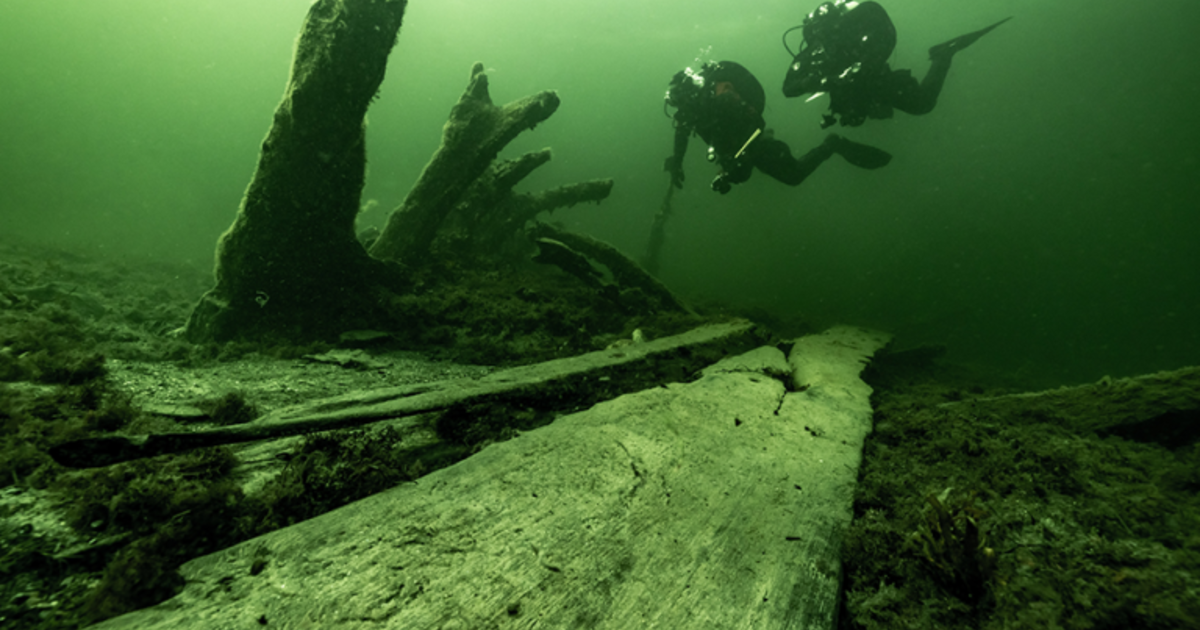Rare, record-breaking dinosaur footprint found in England: "I couldn't believe what I was looking at, I had to do a double take"
A long, long time ago in the county of Yorkshire, England, a giant meat-eating dinosaur decided to crouch down and rest. About 166 million years later, scientists discovered its massive footprint.
Researchers unveiled their findings in a new study published on Thursday in the Proceedings of the Yorkshire Geological Society, saying the "rare" finding belonged to a theropod dinosaur from the Middle Jurassic period. Local archaeologist Marie Woods initially found it in April 2021, and spent the time since working with paleontologists to learn more about the finding.
"I couldn't believe what I was looking at, I had to do a double take," she said in a press release. "I have seen a few smaller prints when out with friends, but nothing like this. I can no longer say that 'archaeologists don't do dinosaurs.'"
It's believed the three-toed footprint – which measures more than 2.5 feet long from its middle claw imprint to the back – may have belonged to a dinosaur similar to a Megalosaurus. The positioning of the print seems to show the moment the dinosaur crouched or squatted down, possibly indicating it was resting, researchers said.
Study co-author Dean Lomax said in the release that the "wonderful find" helps provide more insight into the behavior of the animals. Lomax previously worked on research pertaining to the rare 180-million-year-old sea dragon fossil in the U.K.
"Features of the footprint may even suggest that this large predator was squatting down before standing up," he said. "It's fun to think this dinosaur might well have been strolling along a muddy coastal plain one lazy Sunday afternoon in the Jurassic."
The print is only the sixth specimen of its type ever recorded in Yorkshire's Cleveland Basin, researchers said. John Hudson, the study's lead author, said the footprint indicates that the dinosaur may have had a hip height between 8 and 10 feet.
After Woods made the discovery and began talks with her co-authors, it quickly became clear that the print was extremely fragile and needed to be recovered from the shoreline before it was further eroded, damaged or lost forever.
The specimen has since been donated to Scarborough Museum and Galleries, where it is hoped to go on public display with other fossil footprints.




